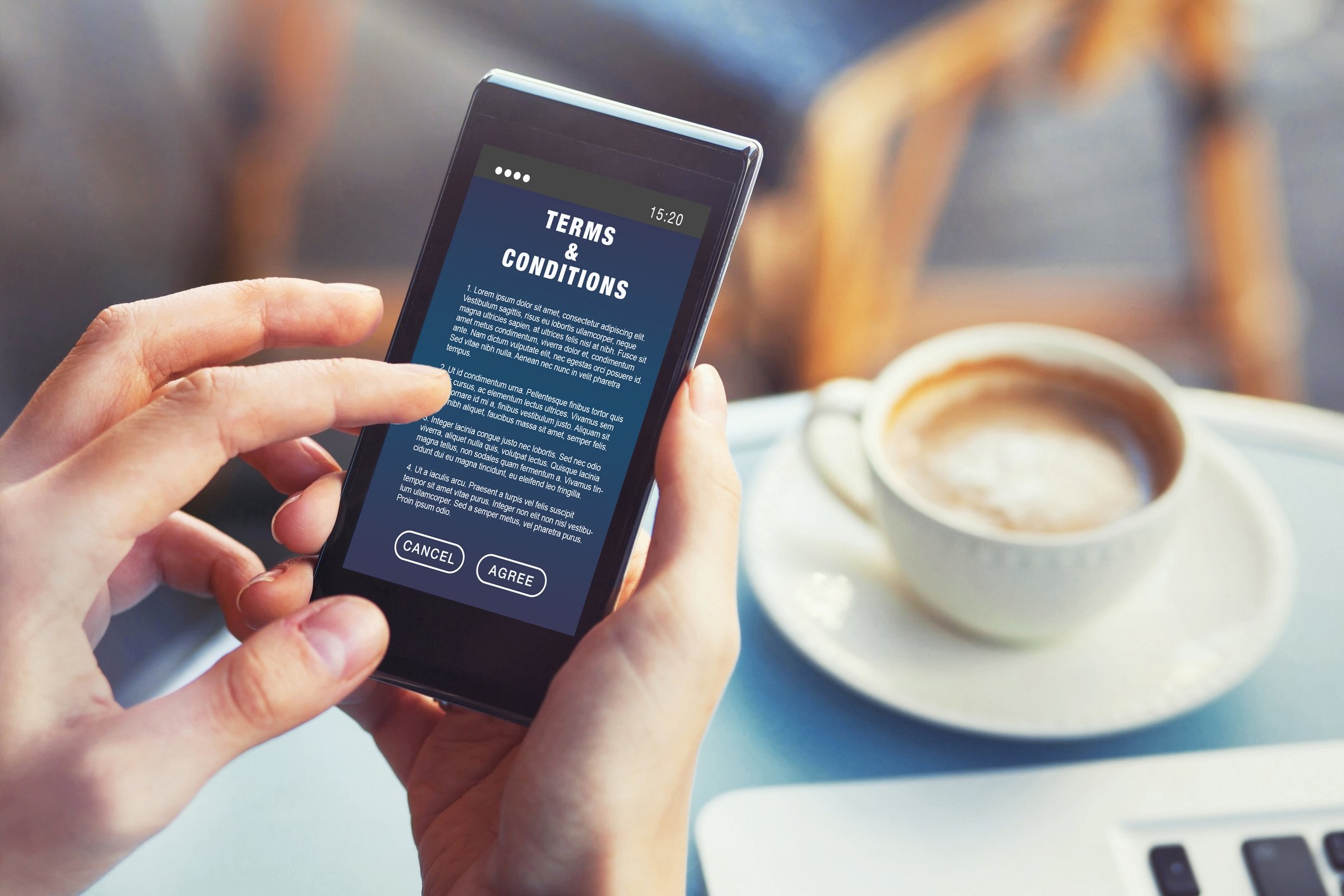Ahead of the game! - When to introduce gamification to your loyalty program
3 Factors to Consider Before Introducing Gamification To Your Loyalty Program
It has been over 10 years since the term ‘gamification’ was introduced into mainstream marketing vernacular.
Gamification is the use of game-play mechanics for non-game applications and it has grown in popularity as a loyalty program tactic. Indeed, when used effectively digital games have achieved fantastic results.
Equally, there have been numerous examples where the gamification execution has failed to deliver. This can be extremely problematic for businesses as the financial investment and staff resources required to design and deploy gamification can be considerable.
The top three reasons why gamification tactics and campaigns failing to deliver the desired ROI have been identified as:
1. Failing to set clear objectives - gamification as a tactic must be treated the same way as any other campaign requiring clear objectives and effective and reliable measurement criteria. Objectives such as “to create a buzz” or “do something exciting” have often resulted in disappointing results. Many program managers struggle to measure “buzz” or show how this delivered ROI on the funds used to deploy the game. IBM deployed a Soccer 6 Penalty Shoot Out digital game within its Know Your IBM channel partner loyalty program to increase successful Spectrum Storage e-learning module completions and to improve learning efficacy. This type of themed gamification is great for when major world sporting events such as the World Cup or Olympics.
The use of the game at the end of each module allowed the participant to engage in hand eye coordination, which refreshed the learning pathways allowing for more effective comprehension of the subject matter. The result was the most successful IBM e-learning module deployed to date with the highest number of first attempt completions.
2. Too complicated – we have seen that the most effective games are the simplest, not only concerning the format and what the program participant must do to play the game, but also regarding the terms and conditions. We have seen a growing tendency for more elaborate games (which tend to cost more to produce) reflecting the advancements in consumer gaming. However, unlike consumers, digital games in a business context need to fit into the loyalty framework and the time needed to interact and complete. We need to remember that most games will be completed during work hours. Taking the IBM example again, the concept was that for every question that was answered correctly the participant got to have a shot at goal. The more goals scored the more bonus points that participant earned - quick and simple!
3. Lack of Competition – Employees and in particular sales personnel love internal competition and gamification allows us to provide that framework. Therefore games that have included leaderboards, progression recognition and top scorers have tended to be more effective than those that have not. The IBM Spectrum Storage Soccer 6 Penalty Shoot Out comprised a leaderboard for each participating firm and region showing the top goal scorers. Those at the top of the respective leaderboards earned additional rewards and recognition.
In short, before you invest in gamification for your B2B loyalty program, define your objectives and how you will be able to measure ROI. Then to ensure the campaign’s success, don’t get too ambitious with the design of the game; and last but not least, build an element of competition between participants.













